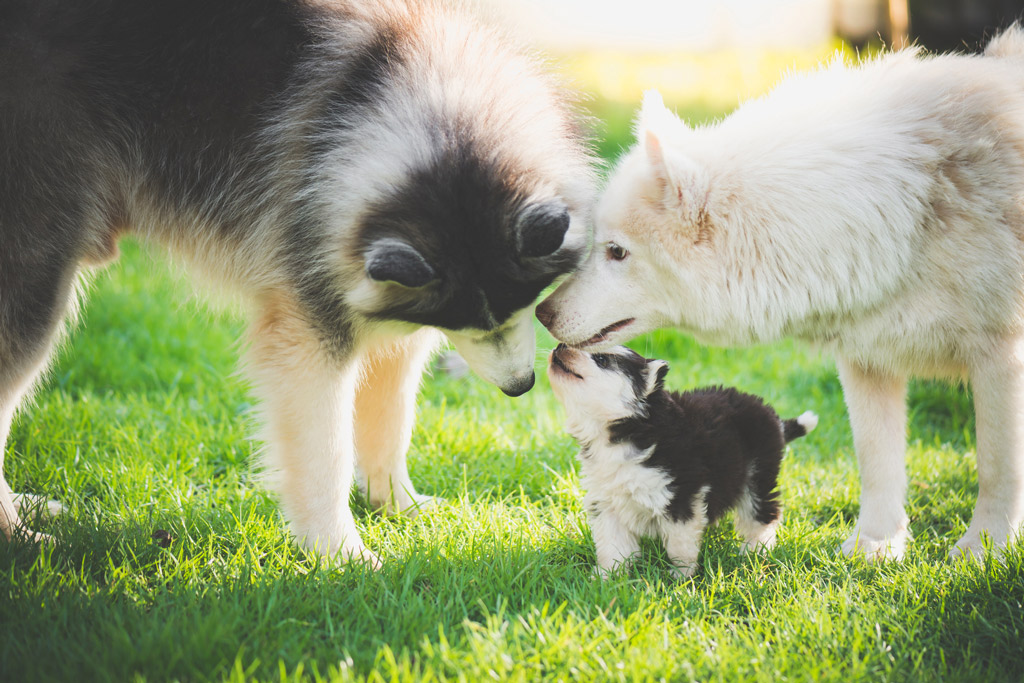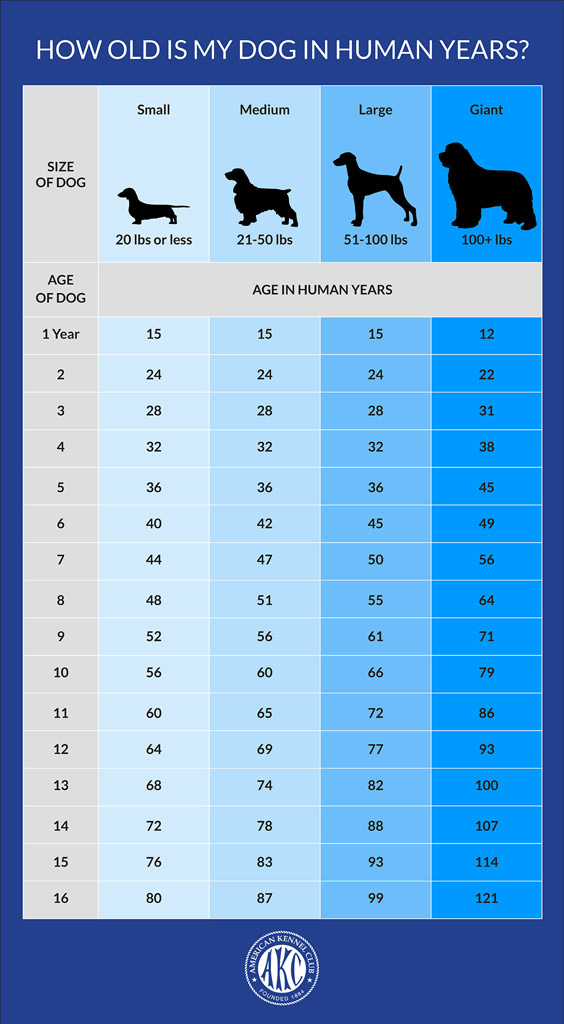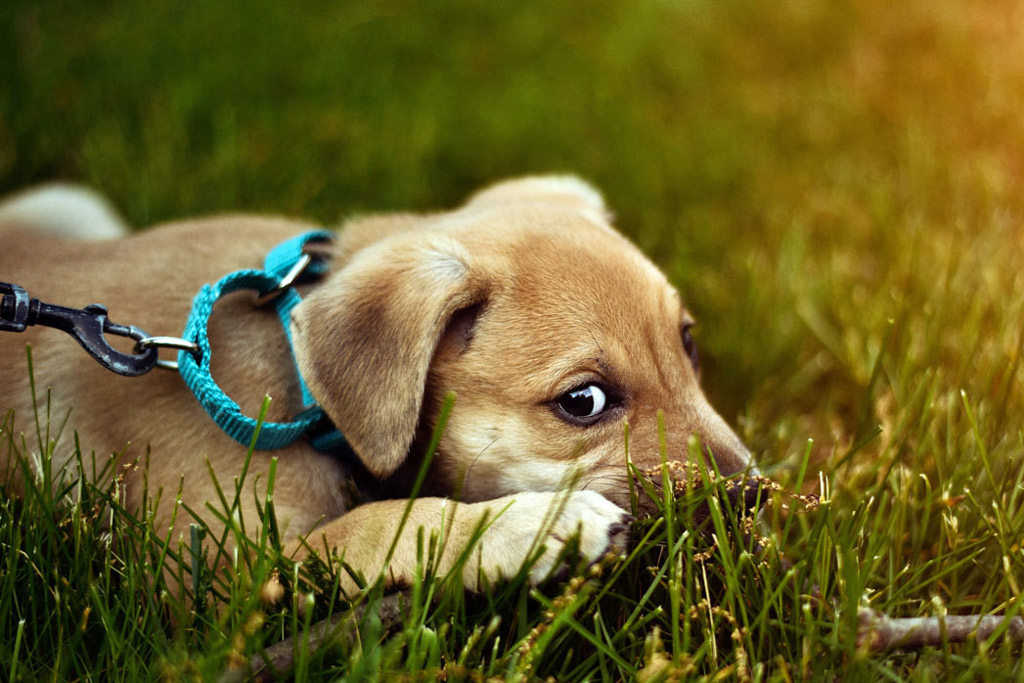
Out of curiosity, or maybe from paying attention to your dog’s behaviour, have you ever wondered about your dog’s intelligence?
As well as finding out how smart dogs are, here are 9 other curiosities to know about dogs and that will help you understand your pooch a lot better.
Continue reading to discover some new stuff about your dog, gaining a deeper understanding of your furry friend.
These are some of the most frequently asked questions by dog owners!
#1 – How Smart Are Dogs?
According to research by animal psychologists, dogs are as intelligent as the average two-year-old child.
“The average dog is about as bright linguistically as a human two-year-old. This means they can understand about 165 words, signs and signals. Those in the top 20 per cent were able to understand as many as 250 words and signals, which is about the same as a two and a half-year-old.”
Professor Stanley Coren, a leading expert on canine intelligence at the University of British Columbia.
Does that mean dogs aren’t that intelligent? Well, compared to humans, of course not!
But rather than the direct, general comparison of using human intelligence as the measuring stick, a more appropriate approach is to look at what dogs are, and have been, capable of.
Studies have shown that our furry friends display many behaviours associated with intelligence, such as:
- Advanced memory skills: being able to recall past events and also learn and associate with new words.
- Recognize different emotional expressions of human faces and respond to faces in somewhat the same way as humans.
- Problem-solving.
- Ability to read human body language, such as a pointing gesture, and react appropriately.
- Ability to understand human voice commands.
- And more.
So, from just those points alone, would you say dogs are smart? I would!
But not all dogs have the “smart gene”. Which leads to the question…
When evaluating different dog breeds’ intelligence, Border Collies and Retrievers are amongst the most intelligent dog breeds. On the other hand, hounds and terriers are the least bright.
Here’s the reason why:
“For some of the older breeds like hounds and terriers, they were bred to hunt and run prey down for humans while other breeds such as collies and retrievers were bred to follow commands.”
Professor Stanley Coren, a leading expert on canine intelligence at the University of British Columbia.
Dog Breeds Intelligence
Ten Most Intelligent Breeds
- Border Collie.
- Poodle.
- German Shepherd.
- Golden Retriever.
- Doberman Pinscher.
- Shetland Sheepdog.
- Labrador Retriever.
- Papillon.
- Rottweiler.
- Australian Cattle Dog.
Least Intelligent Breeds
- Afghan Hound.
- Basenji.
- Bulldog.
- Chow Chow.
- Borzoi.
- Bloodhound.
- Pekinese.
- Beagle.
- Mastiff.
- Basset Hound.
Can Dogs Learn New Things Despite Their Genetic Disposition?
Although some breeds are more intelligent than others, that doesn’t mean that your dog cannot learn new things.
Dogs thrive on mental stimulation, i.e., learning new commands and tricks keeps their mind healthy. Plus, you can add more to your dog’s training, no matter the age of your pooch.
Brain games are a great example to increase your dog’s intelligence, which I talk more about in my favourite dog training method. These brain games can help keep your dog both physically and mentally stimulated, engaging your dog to learn more, be less bored and pay more attention to you!
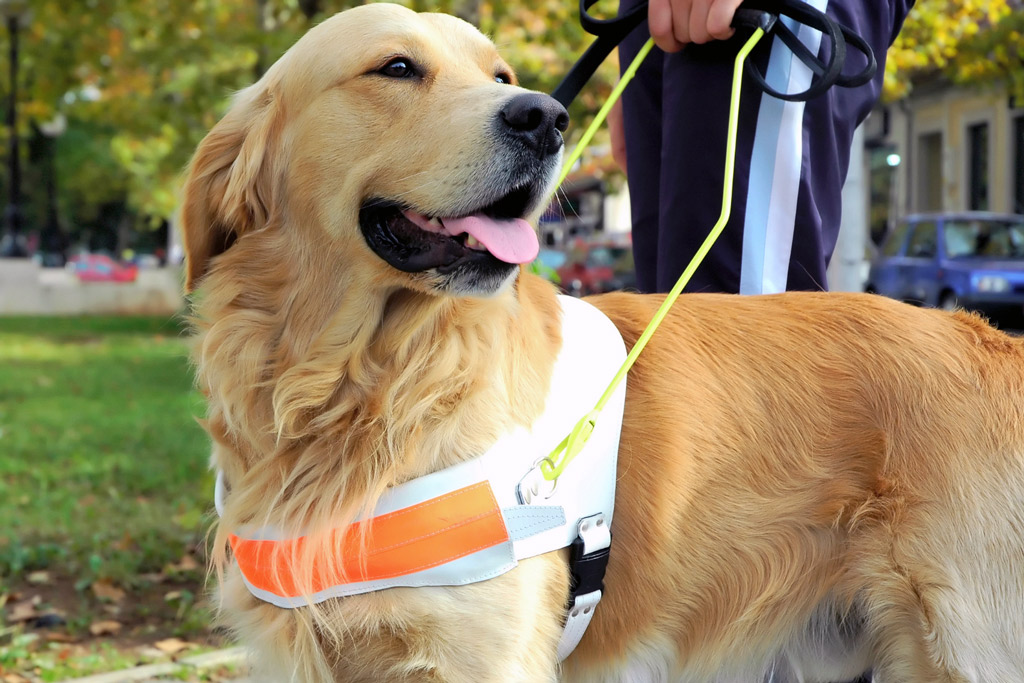
#2 – Why Dogs Eat Grass?
Grass-eating is a common behaviour among dogs. Here are 4 reasons why they do this:
- To balance their microbio. The prebiotic fibres found in grass may assist in keeping your dog’s intestinal flora resilient and healthy.
- They use it as a purgative. Dogs eat grass to ease gastrointestinal upset and expel toxins from their bodies through vomiting.
- Eating grass can help eliminate intestinal worms.
- It’s also a trait passed on to them by their ancestors. Consuming specific grasses can supply phytonutrients, enzymes, minerals and chlorophyll that your dog craves.
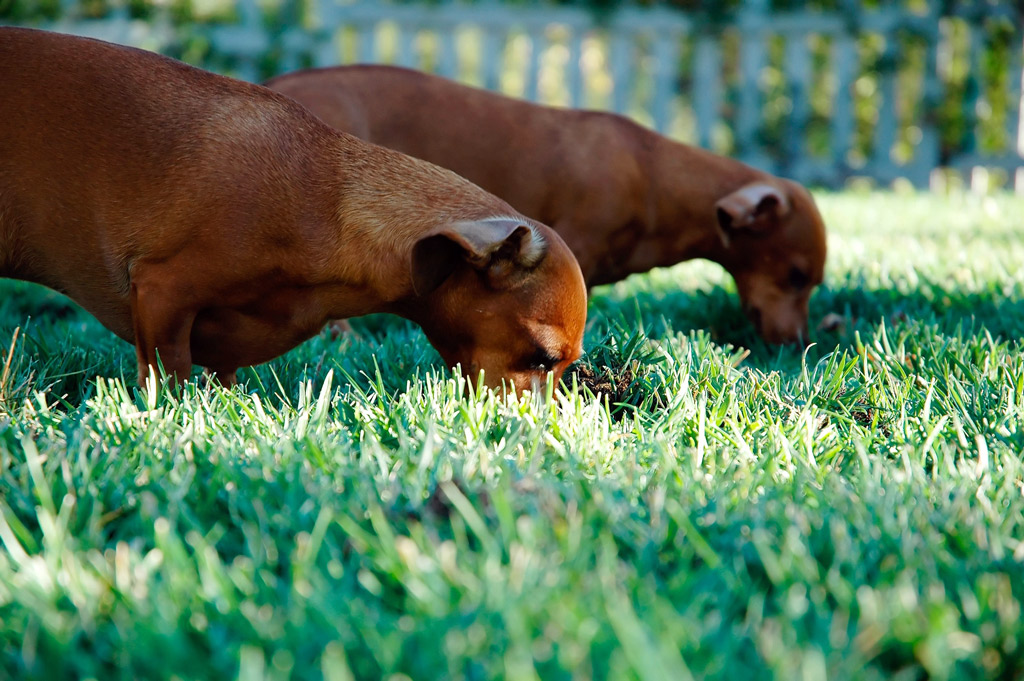
#3 – Why Do Puppies Chew Everything?
There are two main two reasons for this:
- Teething: All puppies enjoy and need to chew. This is partly to relieve some of the discomforts they experience during teething, as (human) babies do. Teething happens between three and seven months of age. In addition, chewing also facilitates the removal of your puppy’s milk teeth and the eruption of the adult set.
- Exploring opportunities: Puppies also have a huge desire to explore their environment and as they don’t have hands, picking up things and chewing them is their way to find out about the world in which they live in!
Although the desire to chew will lessen gradually as your doggy gets older, it’s important to remember that most dogs need to chew throughout their lives:
- For pleasure.
- To exercise their jaw.
- And to keep their teeth clean.
How much they’ll need to chew will depend on their personality and often their breed type. Labradors and Staffordshire bull terriers, for example, seem to have a stronger need and desire to chew.

How to Prevent Inappropriate Chewing
Chewing is also a calming activity and most dogs seem to find it immensely satisfying, so it’s important that you provide appropriate items to fulfil this need.
You can rotate chews on a regular basis; adding novelty will ensure your puppy doesn’t get bored and begin to target more ‘interesting’ items (like your furniture!).

Furthermore, as part of a dog-friendly home protocol, any valuable possessions or potentially dangerous items should be removed from your puppy’s reach when he’s not supervised.
Lastly, don’t punish your puppy for chewing the wrong thing as this may cause your puppy to become frightened of you or anxious.
Instead, praise his good behaviour. A reward-based training always motivates your furry friend to develop positive behaviour.
If your puppy is about to or in the middle of chewing something you don’t want him to, quietly direct attention onto an acceptable chewing toy. After he engages in chewing the toy, praise his good behaviour with a healthy treat or some cuddles.
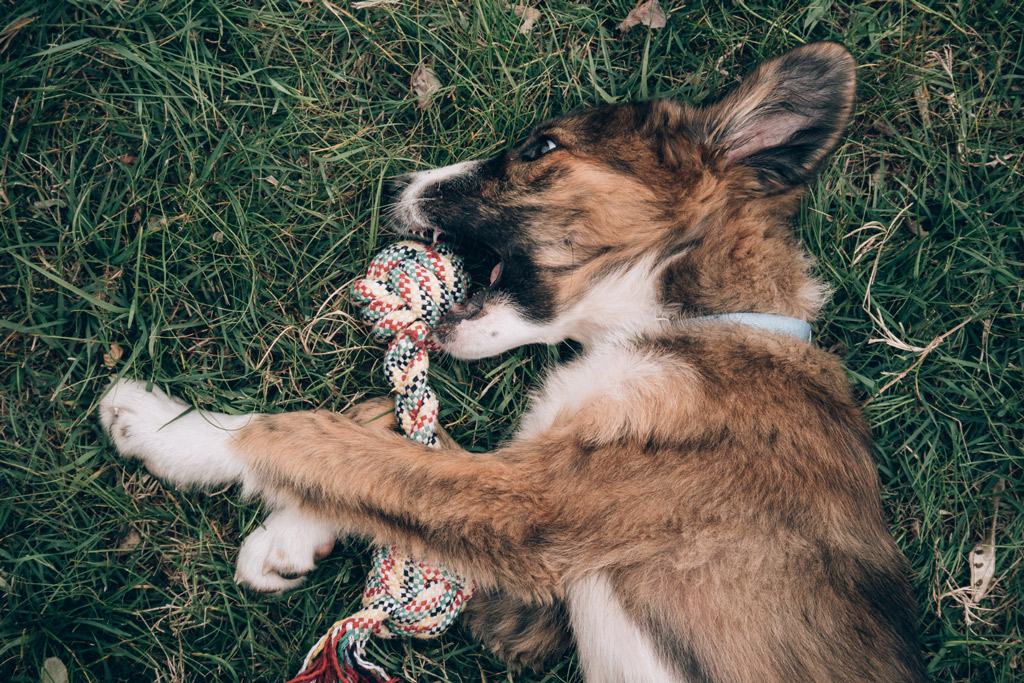
#4 – Are Dogs Colourblind?
Have you ever wondered how the world looks through your dog’s eyes? It’s long been debated whether or not dogs can see what we can.
“It is a common myth that dogs only see in black and white, however, they do see a different spectrum of colours to us.”
Dr Kate Bruce, BVSC, a registered veterinary surgeon in Australia.
The main difference between our vision and our dogs’ lies in the retina. A dog’s retina possesses more rods than cones, whereas humans’ retinas possess more cones.
This means that since dogs have fewer cones, they don’t interpret brightness and colour as good as we do. Therefore, a dog’s strength lies in low light, hence improved night vision.
In conclusion, here’s the answer to the question:
Dogs aren’t colourblind and dogs don’t see solely in black and white. Their retinas are in fact able to process certain colours more efficiently than others.
Dogs have an easier time seeing blues and purples, thanks to the two types of cones in their retinas. Canines have dichromatic vision, which means they have a trickier time processing red, green and orange. Dogs see colours on a yellow to blue spectrum.
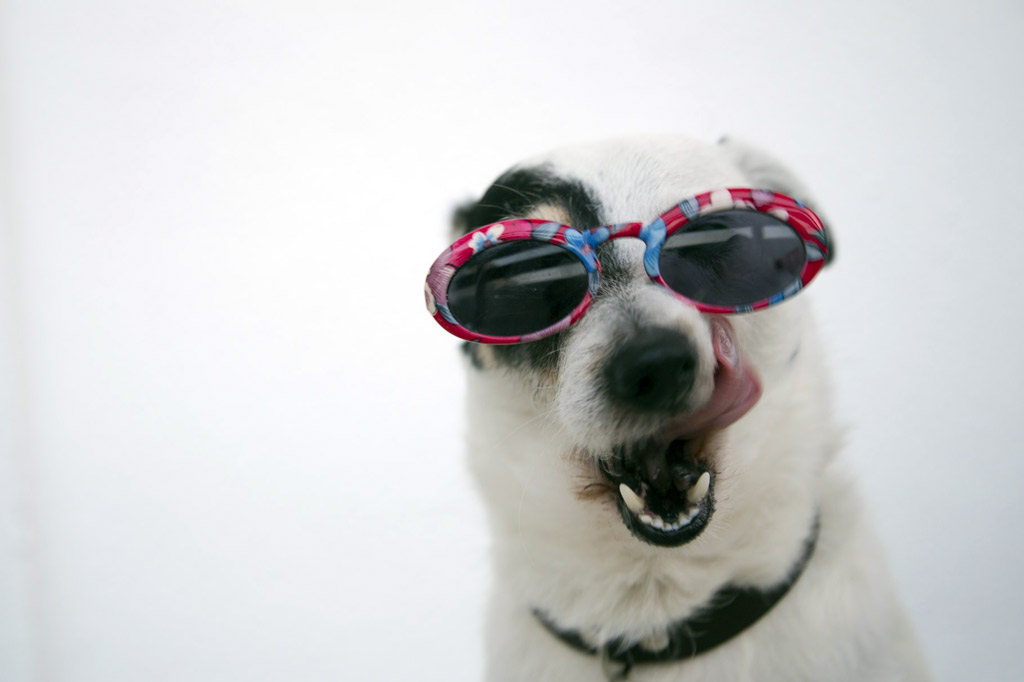
#5 – How Much Do Dogs Remember?
Memory was one of the points mentioned in How smart are dogs? section above.
Dogs likely possess episodic memory, which is the ability to recall a specific event, just like humans do.
This trait is tied to self-awareness. Unlike semantic memory, which is the knowledge of ideas and concepts, such as general world knowledge or common knowledge, episodic memory is your individual recollection of an event, such as what you did for your last birthday.
“The difference between episodic and semantic memory can be thought of like the difference between remembering and knowing.”
Claudia Fugazza, Ph.D., of MTA-ELTE Comparative Ethology Research Group in Budapest.
So, What Do Dogs Remember?
Dogs are able to recall past events such as human actions even if they did not expect to be tested on them, providing evidence for episodic-like memory.
In addition, dogs have also been found to have declarative memory, sometimes referred to as explicit memory, which is the ability to recall facts and events.
And as you may already know, they can remember training commands over the long term.
Sometimes they can recognize past owners they haven’t seen for years.
Sadly, they also show marked differences in behaviour and psychology if they’ve been abused, suggesting a lasting, remembered effect.
Whether or not your dog remembers the walk you took together this morning or your trip to the beach last summer remains to be seen, but the emerging research suggests that their memories may be more like ours than we think!
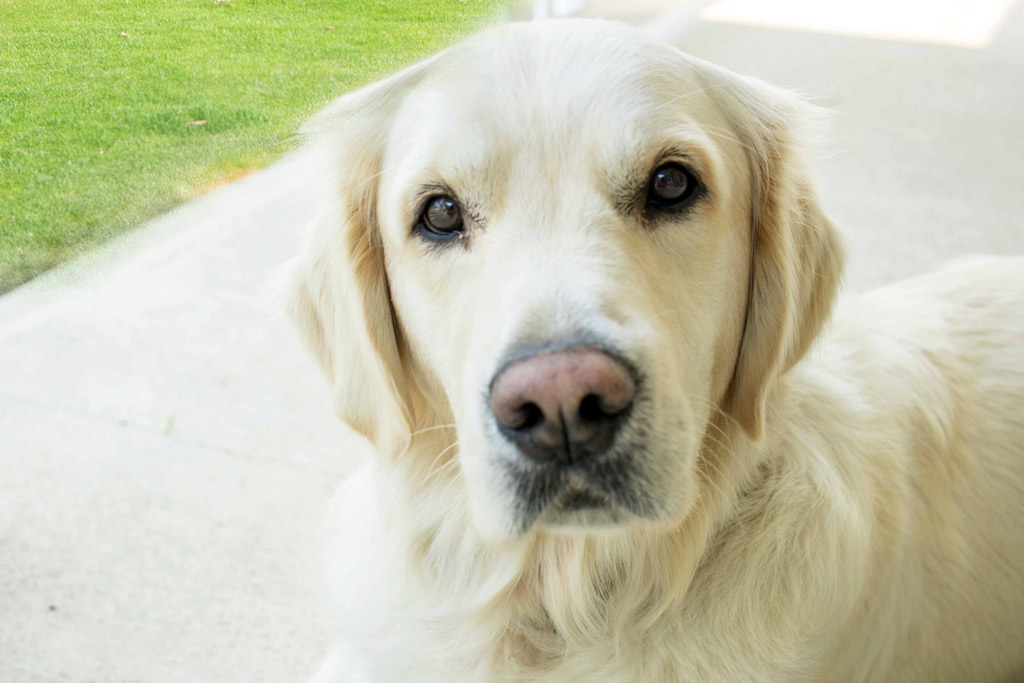
#6 – How Did Dogs Become Humans Best Friends?
Scientists believe that dogs most probably evolved from wolves at a single location about 20,000 to 40,000 years ago.
By looking at the rates of change to the DNA from the oldest specimen, scientists were able to place the timing of the domestication of dogs to between 20,000 and 40,000 years ago.
“The process of dog domestication began when a population of wolves moved to the outskirts of hunter-gatherer camps to scavenge for leftovers.”
Dr Krishna Veeramah, researcher at Stony Brook University in New York.
Scientists believe dogs started moving around the world, perhaps with their human companions, about 20,000 years ago and by 7,000 years ago, they were everywhere.
However, dogs at that time were not considered pets; they were more like village dogs. They were free-breeding and did not live in specific people’s houses. Only later did dogs get bred because for their hunting, herding or gundog skills.
“While humans did not initially gain any kind of benefit from this process, over time they would have developed some kind of symbiotic relationship with these animals, eventually evolving into the dogs we see today.”
Dr Krishna Veeramah, researcher at Stony Brook University in New York.
According to Dr Veeramah, the 7,000-year, Neolithic-old dog from Europe is the ancestor to most modern breed dogs found throughout the world.
“This ancestral relationship may even stretch back to the oldest dog fossil we know of, which is approximately 14,000 years old from Germany.”
Dr Krishna Veeramah, researcher at Stony Brook University in New York.
Although the friendship between humans and dogs is undeniable, there’s still so much to uncover.
“The more we get, the more we might have a shot at finally unravelling the story of how we became such good friends over such a long time.”
Dr Greger Larson, of the University of Oxford.
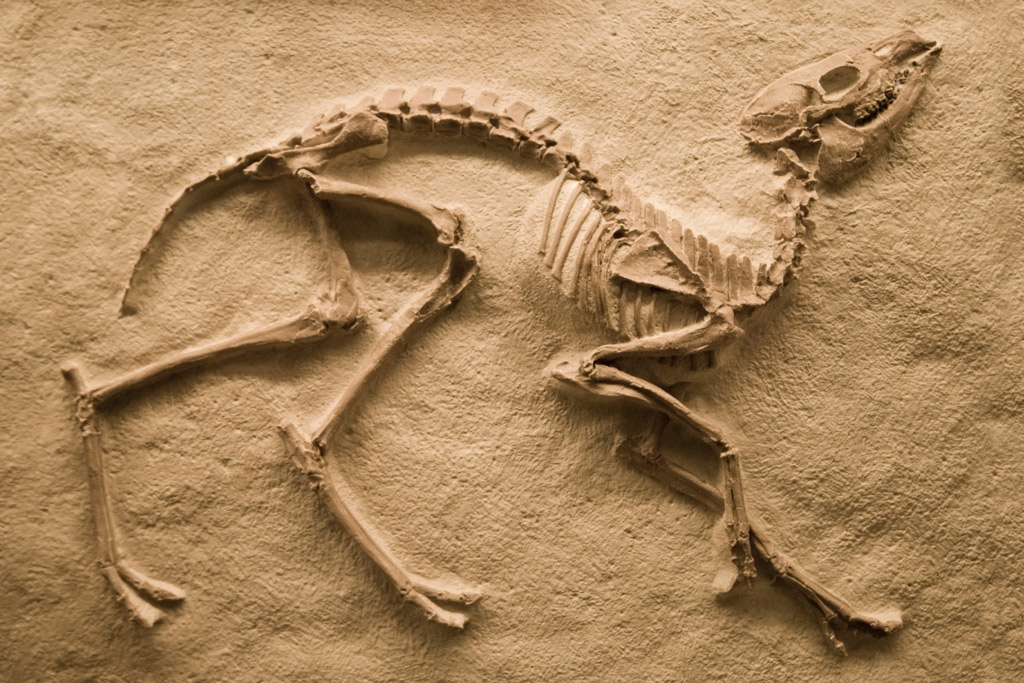
#7 – Do Dogs Dream?
According to the National Sleep Foundation, dogs spend at least half of the day (between 12 to 14 hours of every 24-hour cycle) sleeping.
Puppies, senior dogs and certain breeds get even more sleep, around 18 to 20 hours.
With all that sleep, you probably wonder if dogs dream as humans do. You have probably noticed your pooch quiver, make leg twitches, or even growl when sleeping.
Studies show that humans, dogs and all other mammals experience rapid eye movement (REM) sleep, the sleep stage during which we experience dreams.
When your dog is in REM sleep, you can see twitching of the facial muscles and, as the name suggests, rapid movement of the eyes. This might happen whether your dog is dreaming or not.
What Do Dogs Dream About?
Matt Wilson, a neuroscientist who studies memory and learning at the Massachusetts Institute of Technology, conducted a study in dogs to find out what they dream about.
“So the animal was quite literally seeing what it was replaying from memory. For me, that constitutes the necessary ingredients for referring to this as the equivalent of dreaming in animals. They’re experiencing things and they’re also perceiving what those experiences were.”
Matt Wilson, a neuroscientist at the Massachusetts Institute of Technology.
So, much of the dreaming that dogs do is associated with the activities that they engaged in during that day.
“Dreams are made from memories and experiences, but it’s not simply memory of experience. They create new scenes built from old content that can be used to convey, emphasize, highlight or otherwise capture some kind of meaningful point.”
Matt Wilson, a neuroscientist at the Massachusetts Institute of Technology.

Do All Dogs Dream Equally?
Research shows that not all dogs dream equally.
For instance, small dogs dream more than larger dogs.
Dreaming also seems to occur more frequently in puppies, which do sleep more than adult dogs. This also could be because they are processing huge quantities of newly acquired experiences.
The dog breed may also play a part in dreaming. For example, Labrador Retrievers are more likely to dream about chasing a ball than is a Pug.

#8 – Do Dogs Have Nightmares Too?
Not all of our dreams are good, and something similar happens with our furry friends. Dogs can have nightmares, too.
If dogs are having a pleasant dream, they might get twitchy paws, move their ears a bit, or you can see their eyelids twitching.
However, when dogs are having a nightmare, they could growl, whimper or howl in their sleep along with some other signs mentioned above.
Also, if you notice your dog waking up suddenly from a deep sleep like if something has startled them, this may also indicate they just woke up from a nightmare.
Dogs, like humans, can wake up in sweat too.
In their case, the sweat glands are located in their paws, so your dog might wake up with damp and sweaty paws.
Insider Tip: Waking up a dog whilst sleeping, having a nightmare or not, should be avoided. Dogs can react aggressively when being woken up suddenly. So, it’s best not to wake up your dog unless is an emergency. If you have kids or guest visiting, make sure to let them know to avoid any dangerous situation.

#9 – Can All Dogs Swim?
There’s a belief that all dogs can swim. However, this is not true.
Although most dogs instinctively do some kind of dog paddle if they find themselves in water, that doesn’t mean they can swim or even stay afloat.
Dog water skills can be catalogued into three categories:
- Dogs who are natural swimmers.
- Dogs that can be taught to swim.
- Dogs who aren’t built to survive in water.
Dogs who are good swimmers are predisposed genetically with:
- Water-resistant coats.
- Webbing between their toes.
- Large and deep chests.
- Small hindquarters.
- And/or short muzzles.
Which Dogs Are Natural Swimmers?
These dog breeds have generations of ancestors in their blood that were bred to retrieve from water. Here are some examples:
- Standard Poodle: The German word pudeln means “to splash.”
- Newfoundland: Known to rescue errant swimmers and worked as lifeguard stations along the British coast.
- Chesapeake Bay Retriever: They can swim and dive into ice-cold water due to their nearly waterproof coat.
- English Setter: Originally bred as a bird dog to point and retrieve game in English moors.
- Irish Water Spaniel: They were originally bred as a sporting dog and water retriever.
- Irish Setter: The result of combining several breeds, including the English Setter, the Pointer, the Irish Terrier and the Irish Water Spaniel.
- Portuguese Water Dog: They were mainly trained to herd fish into nets, retrieve lost fishing equipment, and act as a boat-to-boat or boat-to-shore courier.
- Labrador Retriever: Modern Labrador Retrievers are the ancestral result of a popular fishing and retrieving dog from Newfoundland and Labrador.
- Golden Retriever: They were originally bred as a hunting companion for retrieving waterfowl.
- Nova Scotia Duck Tolling Retriever: The smallest of the retrievers were bred to toll, lure, and retrieve waterfowl by playing on-shore.
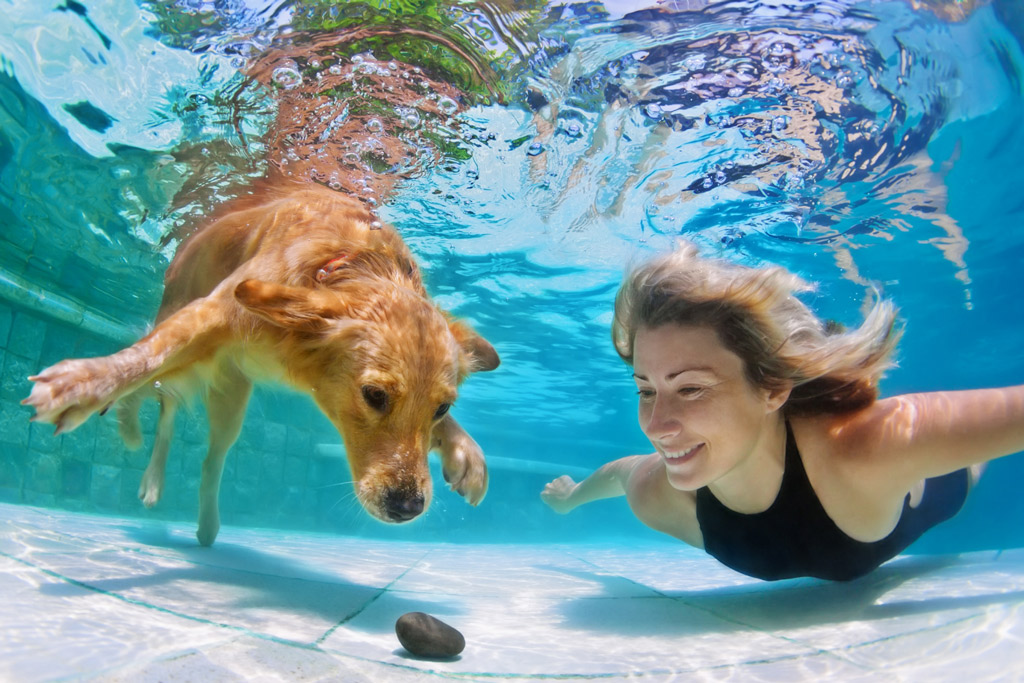
#10 – How Do Dog Years Work?
If you are a dog parent, you probably heard this rule:
1 year for your dog equals 7 years for you.
Well, it turns out that the math isn’t that simple.
First of all, dogs mature more quickly than us. Also, your dog’s size and breed play a role in determining their ageing process.
How Do You Calculate Dog Age?
Here’s a chart by the American Kennel Club to help you determine your dog’s age according to size and in relation to human years.
How to Guess a Dog’s Age?
If you adopted a puppy or an adult dog, you might not know their age. However, going by the dog’s teeth, this should be able to give you a rough idea of their age.
You can look for the following clues:
- By 8 weeks: All baby teeth are in.
- By 7 months: All permanent teeth are in and are white and clean.
- By 1-2 years: Teeth are duller and the back teeth may have some yellowing.
- By 3-5 years: All teeth may have tartar buildup and some tooth wear.
- By 5-10 years: Teeth show more wear and signs of disease.
- By 10-15 years: Teeth are worn, and heavy tartar buildup is likely. Some teeth may be missing.
Note: These guidelines will definitely vary depending on your dog’s dental care (if any) that they had before you adopted your pooch.
Also, your vet should be able to gauge your dog’s age from a complete physical exam that looks at bones, joints, muscles, and internal organs.
So, that’s it!
You’re now caught up with 10 very interesting facts about dogs in general.
Which did you find most fascinating?
And what do you do with all this new information? The key is that you feel more connected and understand your pooch that much more.
I recommend heading over to The 5 pillars to a happy and healthy dog blog post, where you can take your new-found knowledge to the next level, bonding even deeper with your furry friend.
